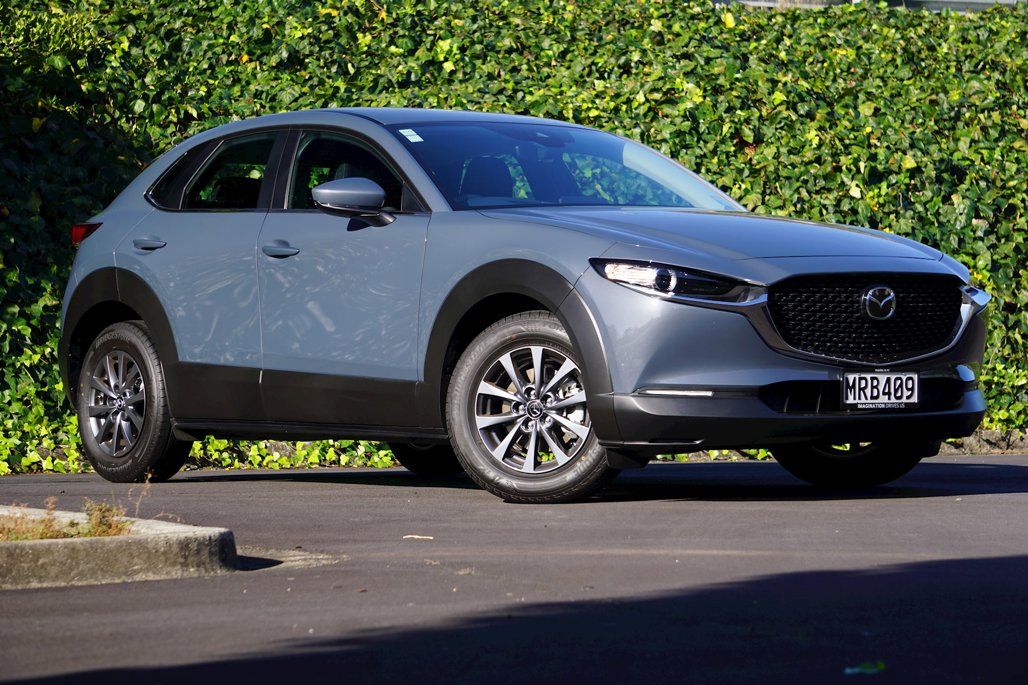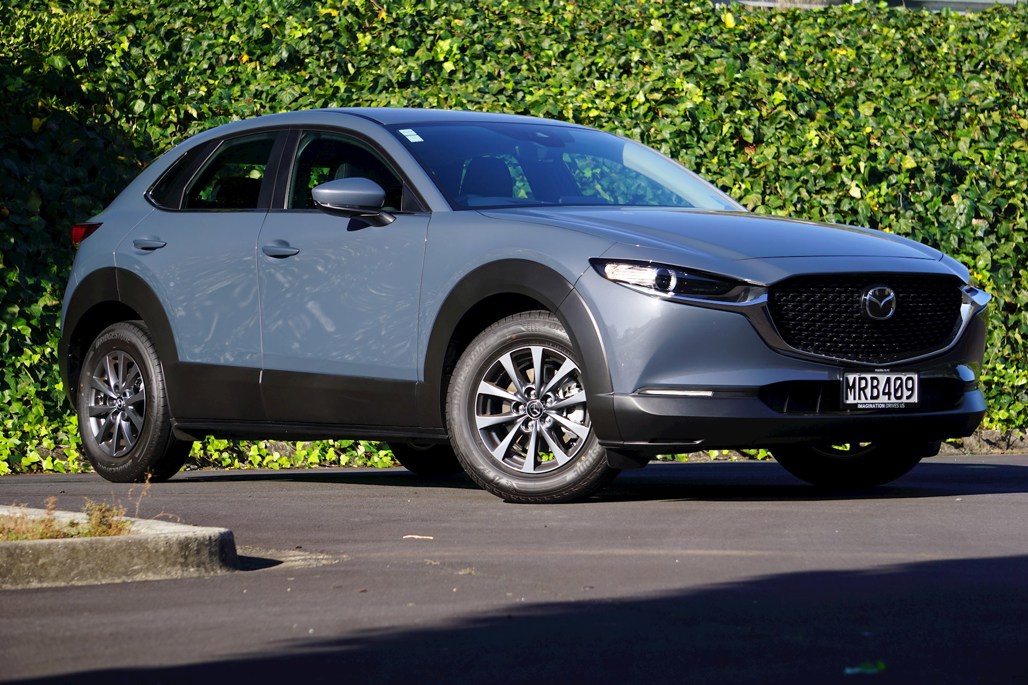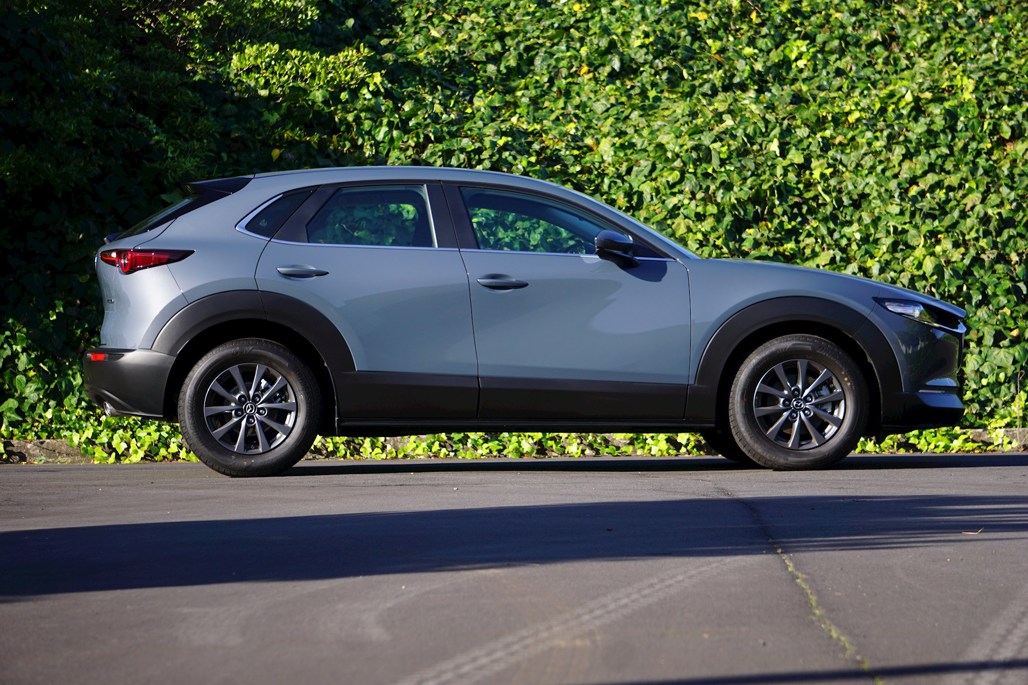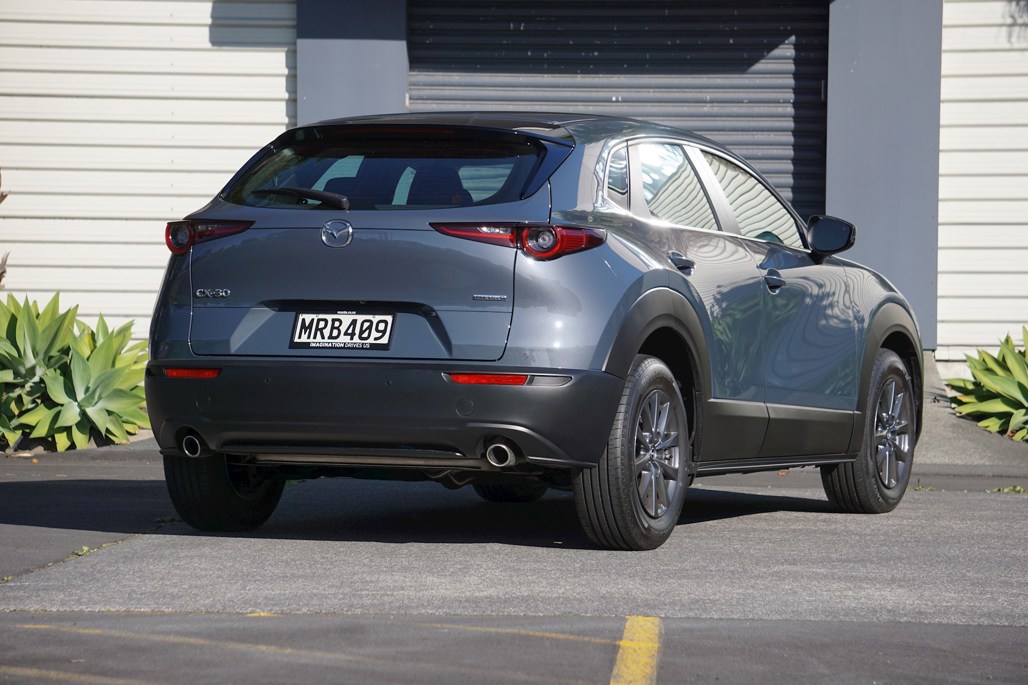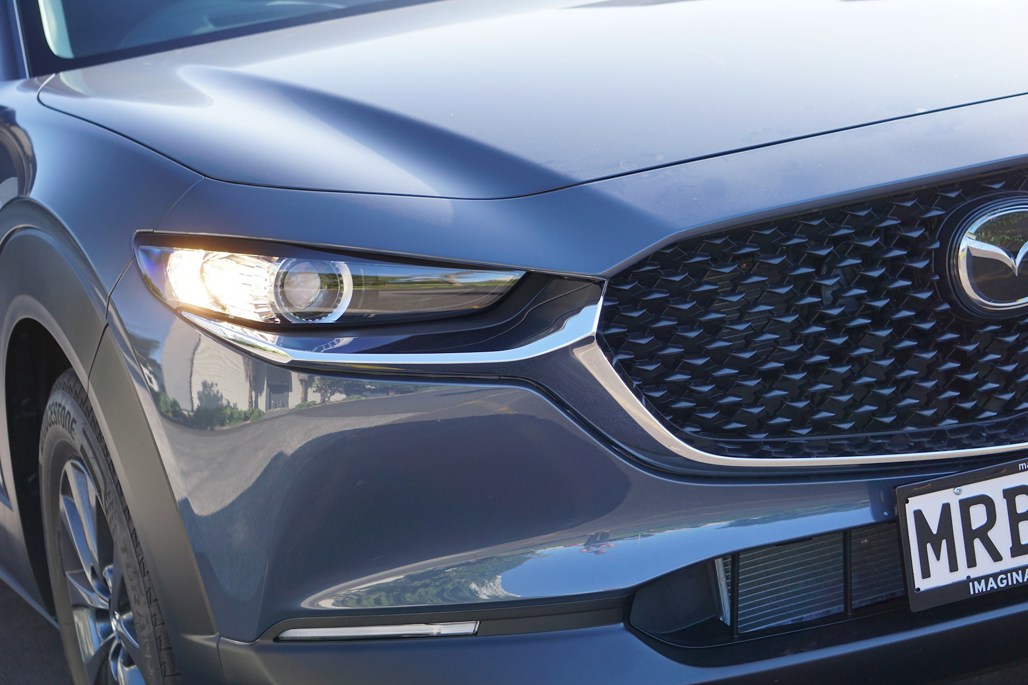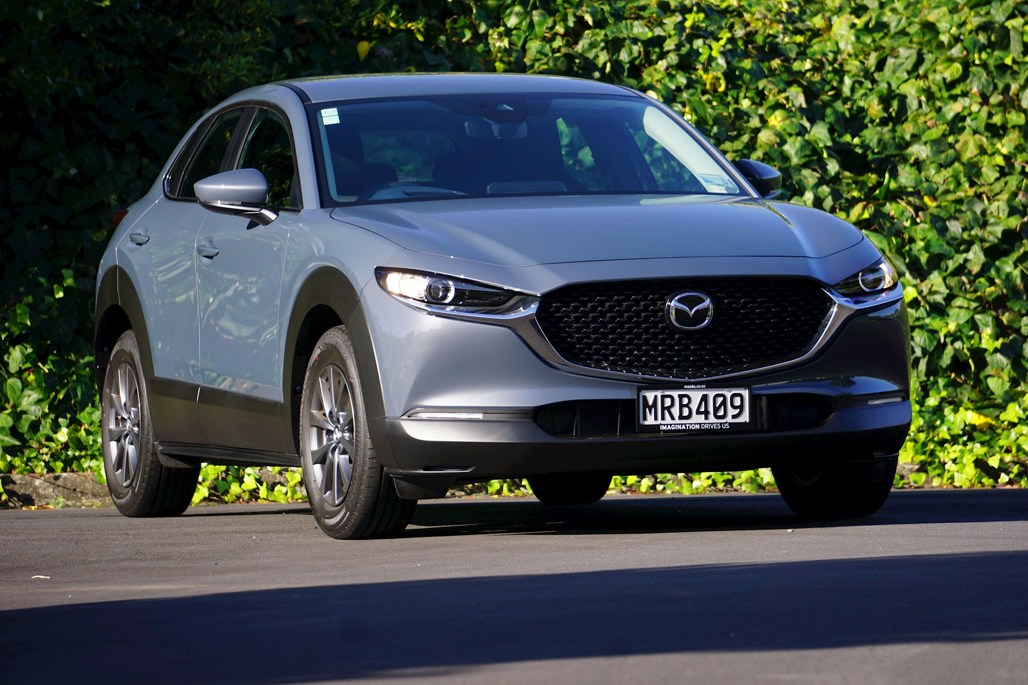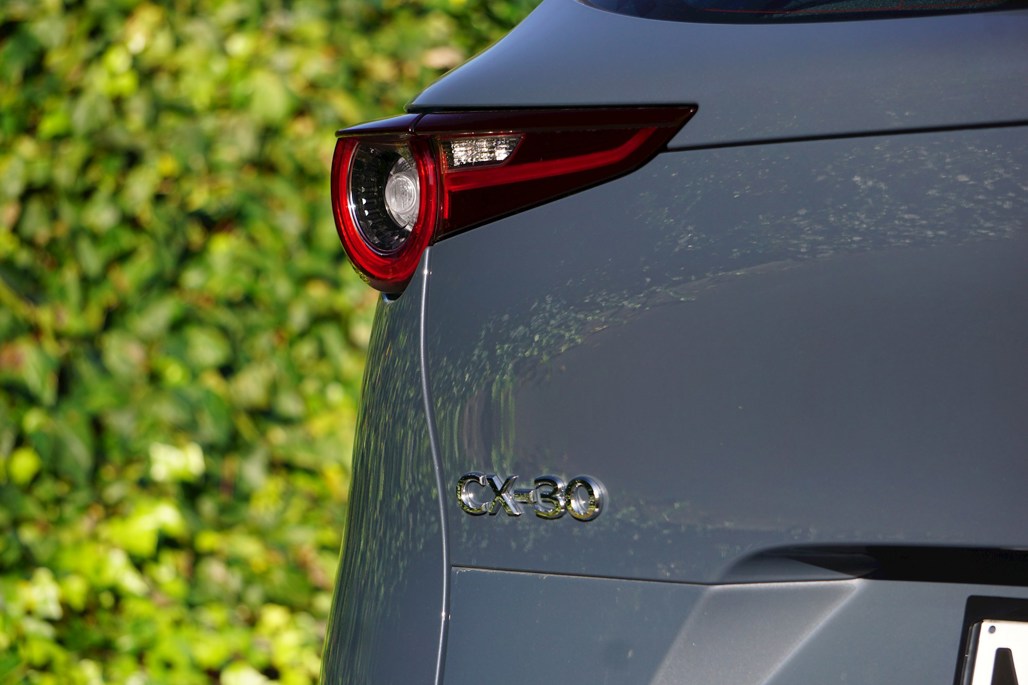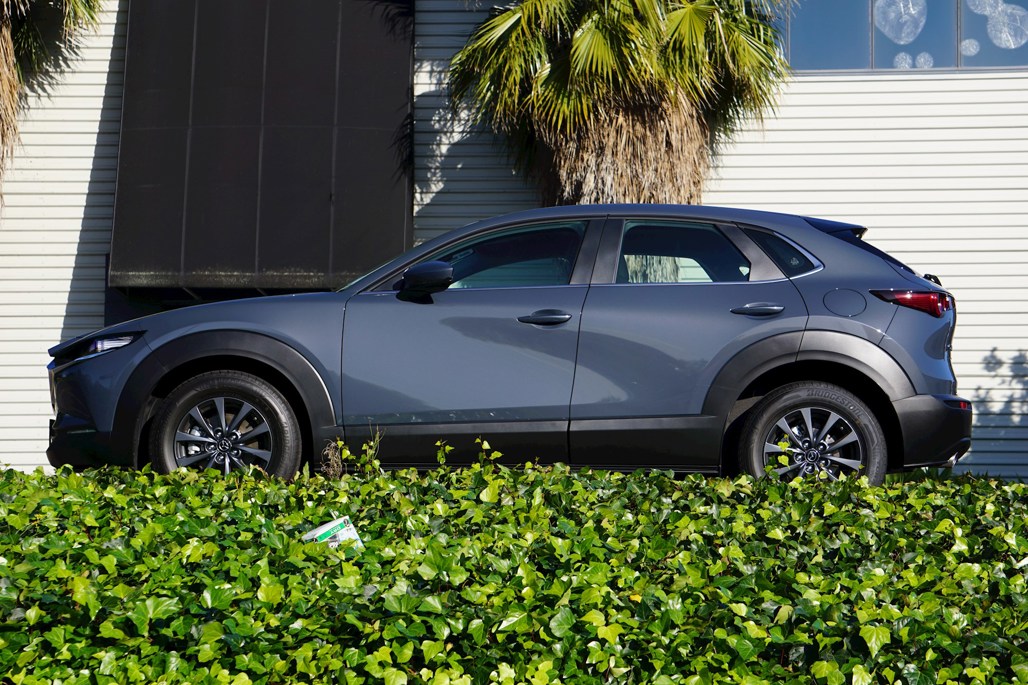One thing Mazda New Zealand has stopped doing with its new-generation CX-30 and Mazda3 models is offering a true entry-level variant.
There’s still a cheapest version of course (how could there not be?), but it’s pretty much loaded and not especially cheap. The CX-30 GSX featured here still gets keyless entry, automatic headlights and wipers, the head-up Active Driving Display and the latest Mazda Connect Infotainment with Apple CarPlay and Android Auto.
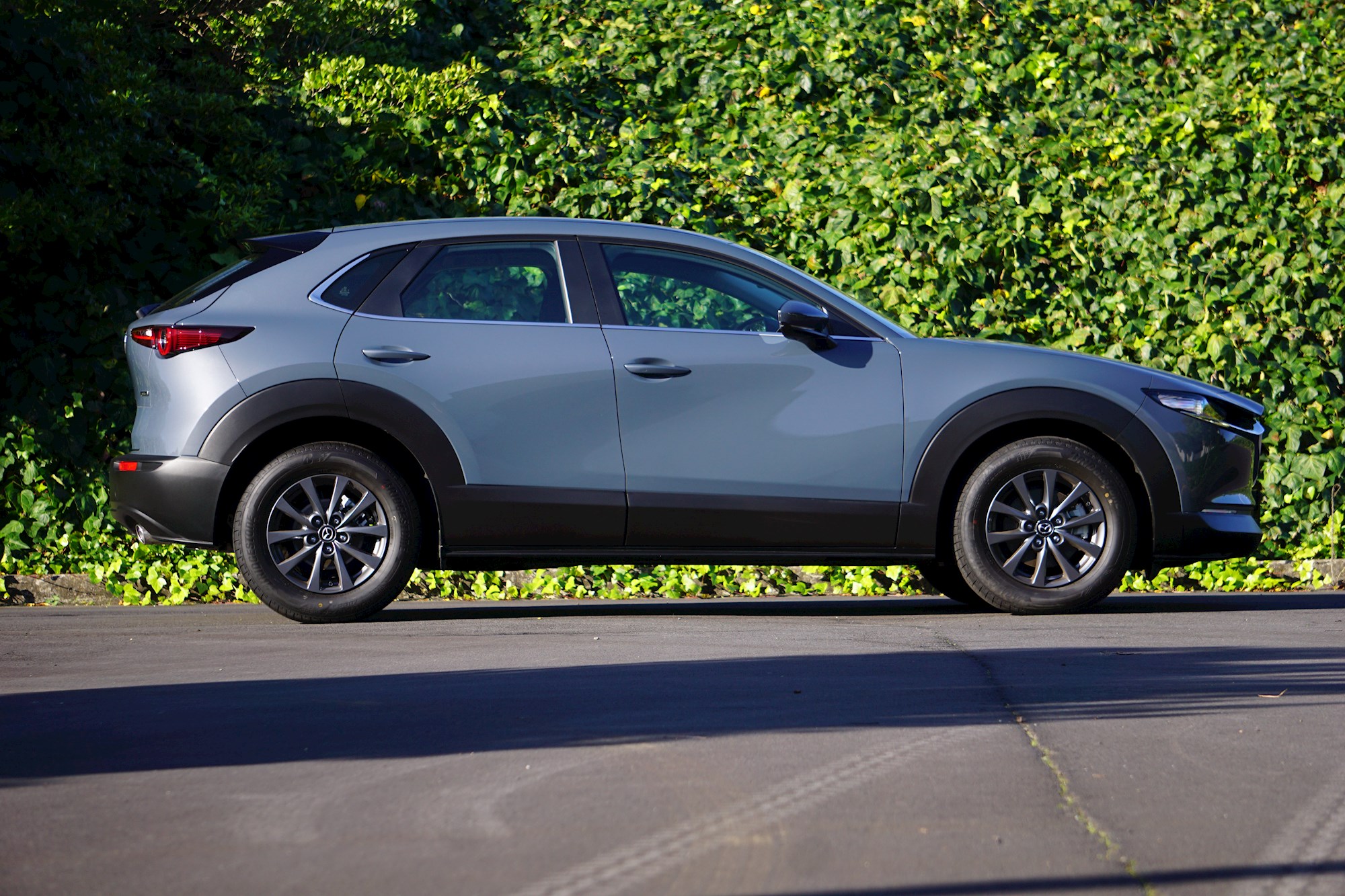
Not to mention the i-Activesense Active Safety Package, which includes adaptive cruise control, automatic lights, blind-spot monitor, rear cross-traffic alert, lane-keep assistance, lane-departure warning, traffic sign recognition, Smart Brake Support with pedestrian and cyclist recognition… you get the idea.
Read More: Full review of Mazda's CX-30 GTX
So the decision to step up from the $41,490 GSX to the $44,990 GTX might be more a case of need than want. Because that base version is pretty sumptuous already and it doesn’t even look that different; the smaller 16-inch alloys are the main giveaway and they actually look really good.
To view all Mazda SUVs currently listed on DRIVEN, click here
It’s about need because the most significant differences are mechanical. The GSX gets a 2.0l SkyActiv-G engine in place of the GTX’s 2.5l, which means it’s down 25kW/52Nm and is over a second slower to 100km/h (10.2 seconds versus 9.1).
The smaller engine also lacks cylinder deactivation and as a result there isn’t much difference in fuel economy between the two: a mere 0.3l/100km in the GSX’s favour, which might be a tad disappointing if think you’re giving up performance for extra thrift.

The GSX is front-drive only, whereas the GTX also gets Mazda’s clever new-gen i-Activ AWD system, which is a lighter and lower-friction iteration of the technology used in other Mazda SUVs (don’t worry, they’ll catch up).
Whether that makes a huge difference to you as an SUV owner is a matter of personal choice. The GTX has extra power and chassis tech, but in urban driving the GSX certainly doesn’t seem to be lacking compared with its more expensive sibling.
Handling is the CX-30’s thing and the GSX is still pretty sharp; it still has Mazda’s GVC Plus technology, which gently reduces torque and/or dabs the brakes as you turn into a corner to help the car go exactly where you steer it.
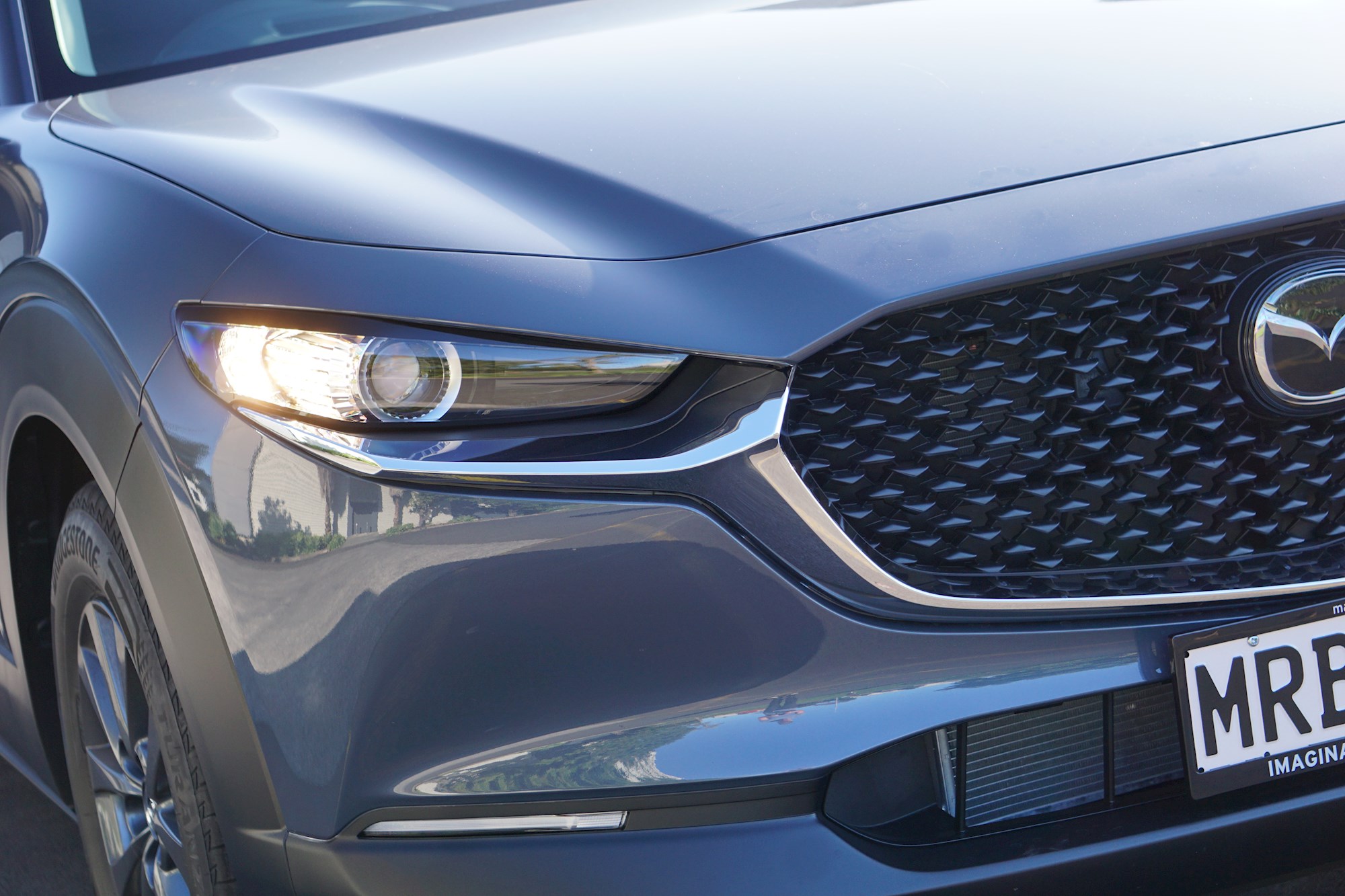
If your driving is exclusively urban, there might even be a point in the GSX’s favour with those smaller wheels. The GTX is on 18s and there’s a bit of suspension patter around town that is substantially reduced with the more modestly shod model.
We’ve said it once and we’ll say it again: with price, performance and technology considered, the mid-range GTX still looks like the sweet spot for the CX-30. But if you go the GSX way for its lower price and/or smoother ride, you’re not going to feel like you driving the lesser car.
To view all Mazda CX-30 models currently listed on DRIVEN, click here
MAZDA CX-30 GSX
ENGINE: 2.0l petrol inline four
POWER: 114kW/200Nm
GEARBOX: 6-speed automatic, FWD
ECONOMY: 6.5l/100km (ADR Combined)

